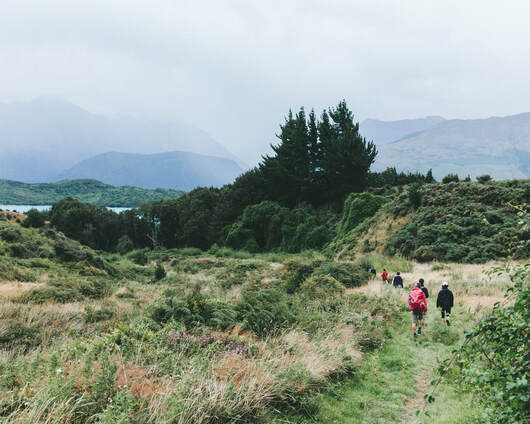A Cost-Effective Approach to a Sustainable San DiegoThe Value of Investing in Nature-based Integrated Green Infrastructure Solutions
In the face of environmental degradation due to climate change, over-use of natural resources, and other factors, we are in a race against time to shape San Diego County into a sustainable and resilient region.
Currently the most frequent solutions are: (a) gray infrastructure, e.g., concrete, pipes, walls, hardscape, and (b) single-focused or single-method green infrastructure improvements, e.g., reducing energy, planting trees, re-cycling, and building bike paths. These are incapable of adequately addressing the magnitude and pace of the crisis. Our region confronts major current and future financial shortfalls to address fully many of its most pressing environmental needs and mandated requirements, such as in stormwater and wastewater management, greenhouse gas reduction, waste reduction, improved biodiversity, and affordable housing. Integrated green infrastructure often offers a much more affordable and effective approach. San Diego Green Infrastructure Consortium applies a collaborative, natural systems inspired approach to create major improvements in community resilience. |
NeedThe degradation to the environment in which we live is happening faster than our best efforts to control and adapt to it. We need to make more efficient use of our investments to reverse this, including money, time, and expertise.
|
SolutionIntegrated green infrastructure solutions are often more effective and less expensive than traditional solutions in meeting today’s environmental challenges because they are based on natural systems. Yet they are too often overlooked. Typical solutions rely on either gray infrastructure or a single green element. Green infrastructure can create major improvements in community resilience by increasing biodiversity, recharging groundwater, increasing topsoil and the soil carbon sponge, improving water quality, sequestering carbon, reducing fire risk, reducing the urban heat island effect, increasing regional cooling, reducing drought, and more. Unfortunately, too many efforts in our region to improve community resilience are stove-piped by discipline (e.g., hydrology, climatology, botany, etc.), by topic (e.g., energy conservation, carbon sequestration, water management, fire prevention, etc.) or by organizational entity (i.e., projects done independently despite physical connections such as waterways that span boundaries).
|



